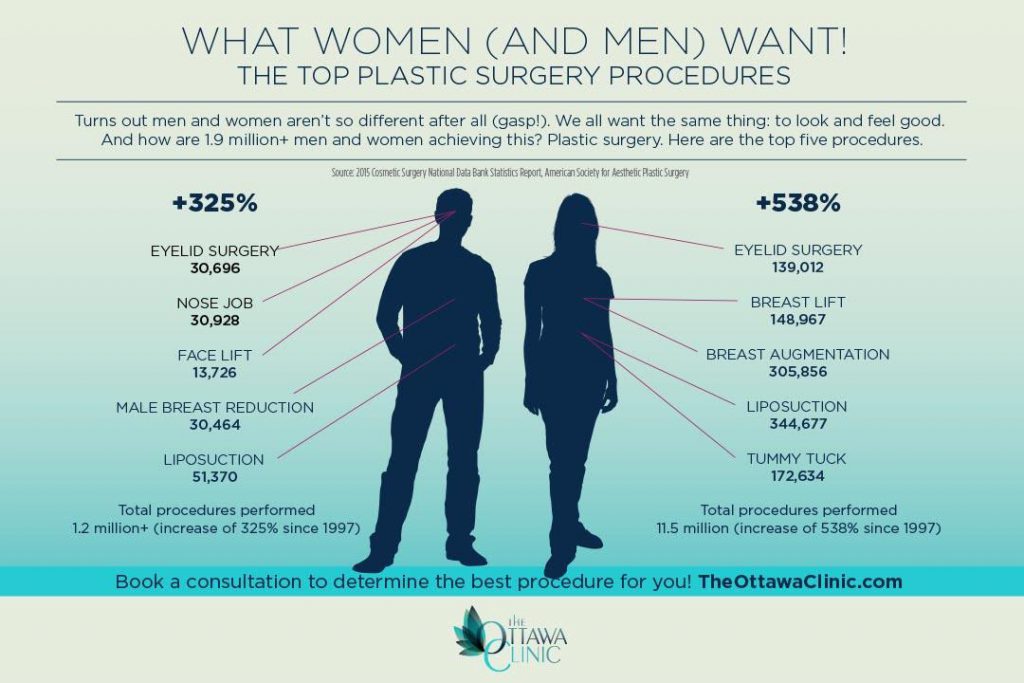Tips For Avoiding Body Acne
Tips For Avoiding Body Acne
Blog Article
Hormonal Acne - What is Hormone Acne?
Hormone acne is defined by stopped up pores and oily skin that normally appears on the chin and jawline. It occurs when hormone adjustments activate inflammation and microbial overgrowth within hair roots.
Outbreaks might look like whiteheads, blackheads, papules or pustules and cysts or blemishes in more serious situations. It is a lot more usual in teenagers experiencing puberty but can affect adults of any type of age.
What Triggers Hormone Acne?
While acne can be brought on by a selection of variables, consisting of using hair and skin care products that aren't oil-free or made with ingredients that could clog pores, genetic tendency, diet plan,2 and anxiety, the source is changing hormonal agents. Hormone acne happens when the body experiences hormone adjustments and variations that cause an overflow of sebum, which creates swelling, boosted development of germs and modifications in skin cell task.
Hormone acne is commonly discovered on the reduced jawline, cheeks and neck however can appear anywhere on the body. It is characterized by blemishes that are cystic, unpleasant and full of pus or other material. It is also more likely to occur in females than males, specifically throughout the age of puberty, the menstruation, maternity or menopause.
Age
While lots of youngsters experience acne eventually during puberty, it can continue to plague grownups well right into their adult years. Referred to as hormonal acne, this form of breakout is linked to variations in hormonal agents and is normally most typical in ladies.
Hormonal acne occurs when oil glands generate way too much sebum, which blocks pores and traps dead skin cells. This results in the formation of imperfections, such as whiteheads, blackheads and papules, pustules, cysts or blemishes, deep under the surface area.
This kind of blemish often causes discomfort, inflammation and inflammation. It may additionally be intermittent and appear around the same time every month, such as right prior to your period starts. This is due to the fact that degrees of female hormones like progesterone and oestrogen rise and fall with each menstruation.
Menstrual Cycle
Hormonal acne commonly shows up in the reduced part of your face, along the jawline and cheeks, as whiteheads, blackheads or inflammatory acnes (pimples and cysts). It's more than likely to appear around the moment when your menstruation changes.
Particularly around ovulation, when estrogen and progesterone levels are on the surge, hormone fluctuations can create outbreaks. However it's also feasible to get acne at any factor throughout your 28-day menstrual cycle.
If you notice that your hormone acne flares up right before your duration, try noticing when specifically this occurs and see if it relates to the stages of your 28-day menstrual cycle. This will aid you identify the root causes of your skin problems. For instance, you might wish to deal with stabilizing your blood glucose and cutting out high-sugar foods, or take into consideration a prescription medicine like spironolactone that can regulate your hormonal agents.
Pregnancy
Growing an infant is a time of dramatic hormone modifications. For many females, this includes a flare-up of hormone acne. This kind of breakout normally begins in the initial trimester, around week six. It's caused by hormonal agent surges that promote sebaceous glands to make even more oil, which can block pores and create more bacteria to develop.
Breakouts may also happen as a result of pre-existing conditions like polycystic ovary disorder, which can also be a concern during pregnancy and menopause. Additionally, some types of contraceptive pill (such as Ortho Tri-Cyclen and YAZ) can set off hormone acne in some women.
The good news is, a lot more info of acne therapies are "no-go" for expecting females (including preferred acne-fighting components such as isotretinoin and spironolactone). Yet if you can't stay clear of those irritating bumps, your medical professional may recommend dental erythromycin or cephalexin, which are risk-free while pregnant.
Menopause
As women come close to menopause, the estrogen levels that triggered their hormonal agent acne to flare up throughout the age of puberty begin to maintain and decrease. At the same time, nevertheless, a spike in androgens (additionally referred to as male hormonal agents) occurs since these hormonal agents can't be exchanged estrogen as properly as previously.
The unwanted of androgens can trigger oil manufacturing by the sweat glands, which clogs pores. When the stopped up pores come to be inflamed and inflamed, an acne forms.
Hormonal acne is commonly seen on the face, particularly around the chin and jawline, however it can take place on the neck, back, shoulders, or chest. This kind of acne often tends to flare up in a cyclical pattern, comparable to the menstruation. Tension, which boosts cortisol and tosses hormones out of balance, likewise adds to the breakouts.